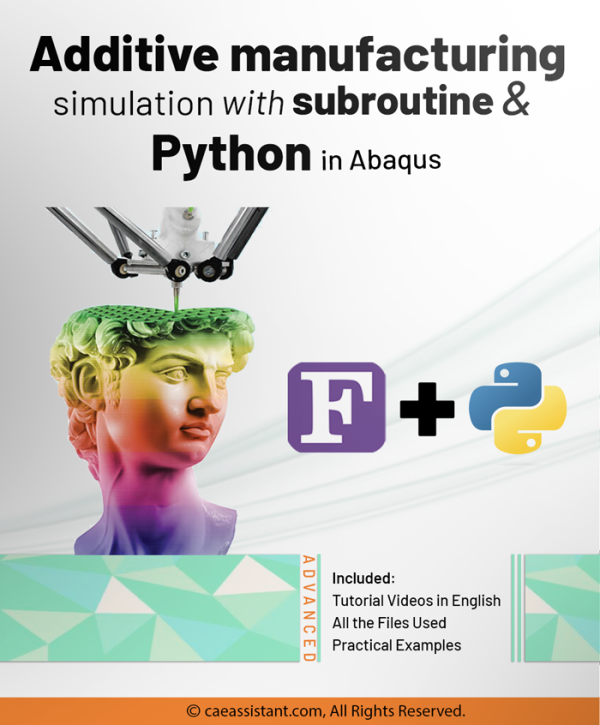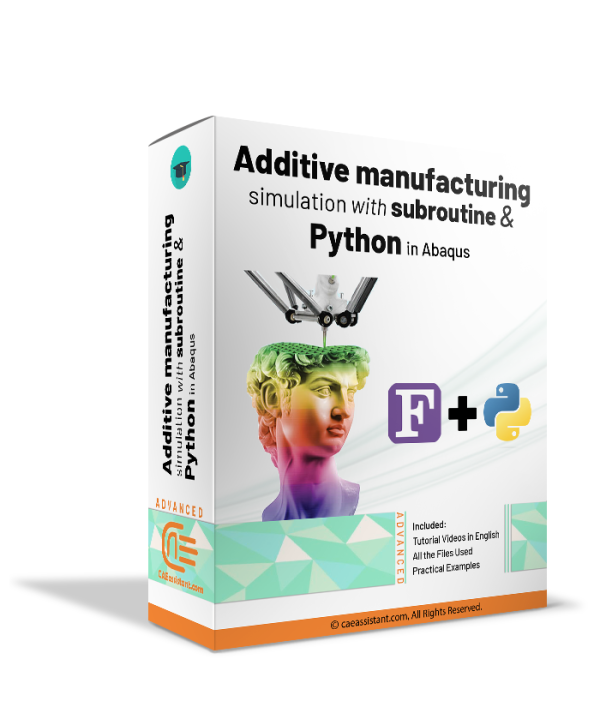Hossein Mohammadtaheri
- Concordia University
Contract Full-time · 2 yrs 11 mos
Montreal, Quebec, Canada - Graduate Research Assistant
Sep 2021 – Present · 2 yrs 11 mos
——————————————————————————————————————————–
- Concordia University
Ph.D. candidate in Mechanical Engineering
- Tarbiat Modares University
M.Sc in 2014
- Isfahan University of Technology
B.Sc. at the in 2011
| At CAEAssistant.com, we collaborate with a distinguished group of researchers who bring a wealth of academic and industry experience to our platform. These experts are not only leading voices in their respective fields but also active contributors to cutting-edge research, with numerous ISI-indexed publications and industry-relevant projects under their belts. Their deep expertise in areas such as finite element analysis, composite materials, and advanced simulation techniques ensures that the courses they create are both academically rigorous and practically valuable. By learning from these accomplished professionals, our students gain access to the latest knowledge and insights, empowering them to excel in their careers and research endeavors. |
Additive manufacturing simulation with Abaqus subroutine & python | Inherent Strain Method
3D printing is a technique for creating three-dimensional objects by layering materials such as plastic or metal based on a digital design. 3D printing simulation involves the use of software to predict and enhance the printing process, resulting in more efficient and precise production. This training package is based on the use of subroutines and Python scripting. Following an introduction to the 3D printing process, this method with all its details is explained. Two workshops are then conducted for this method. The first workshop covers 3D printing simulation of a gear with a uniform cross-section, while the second workshop covers a shaft with a non-uniform cross-section.



